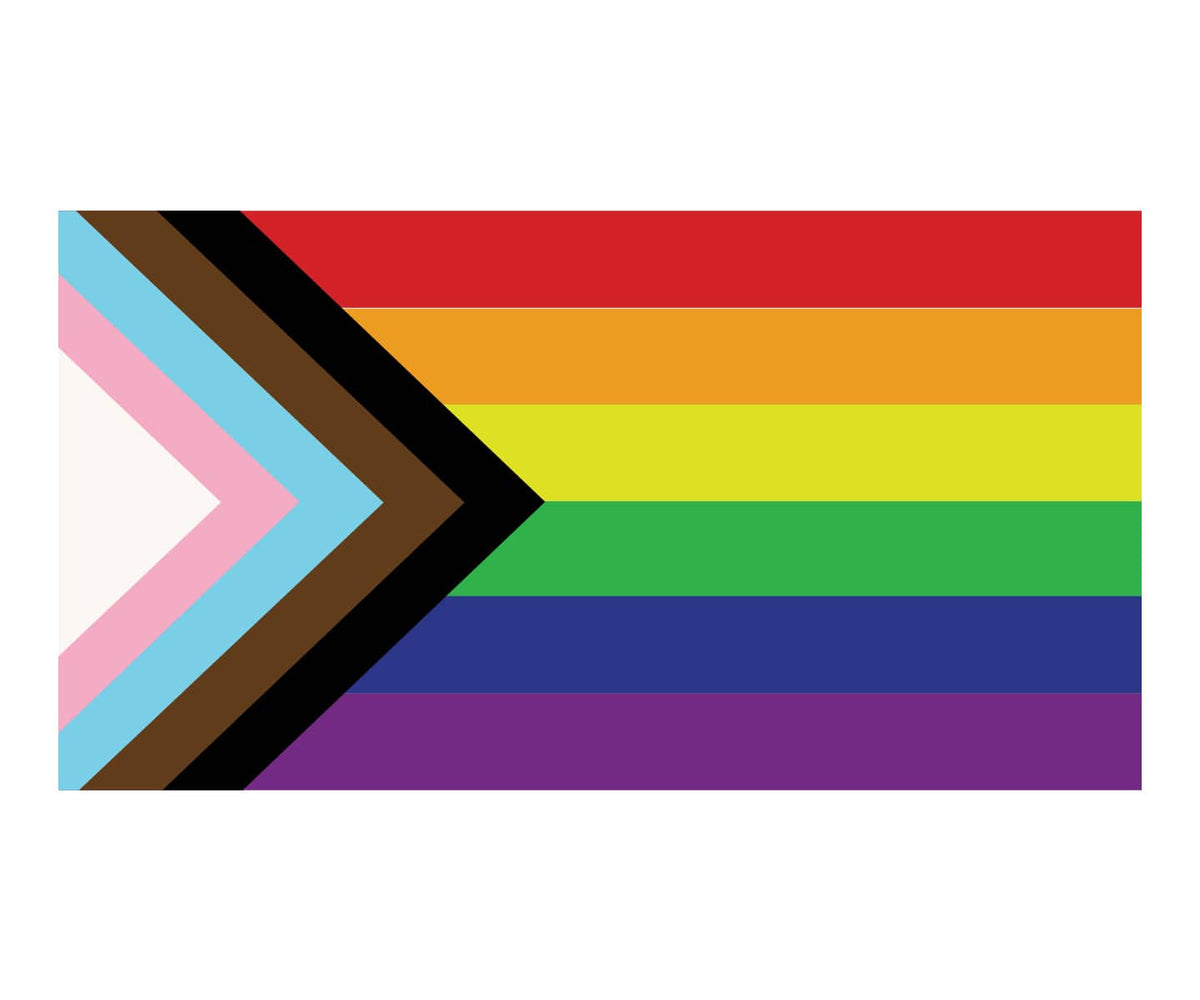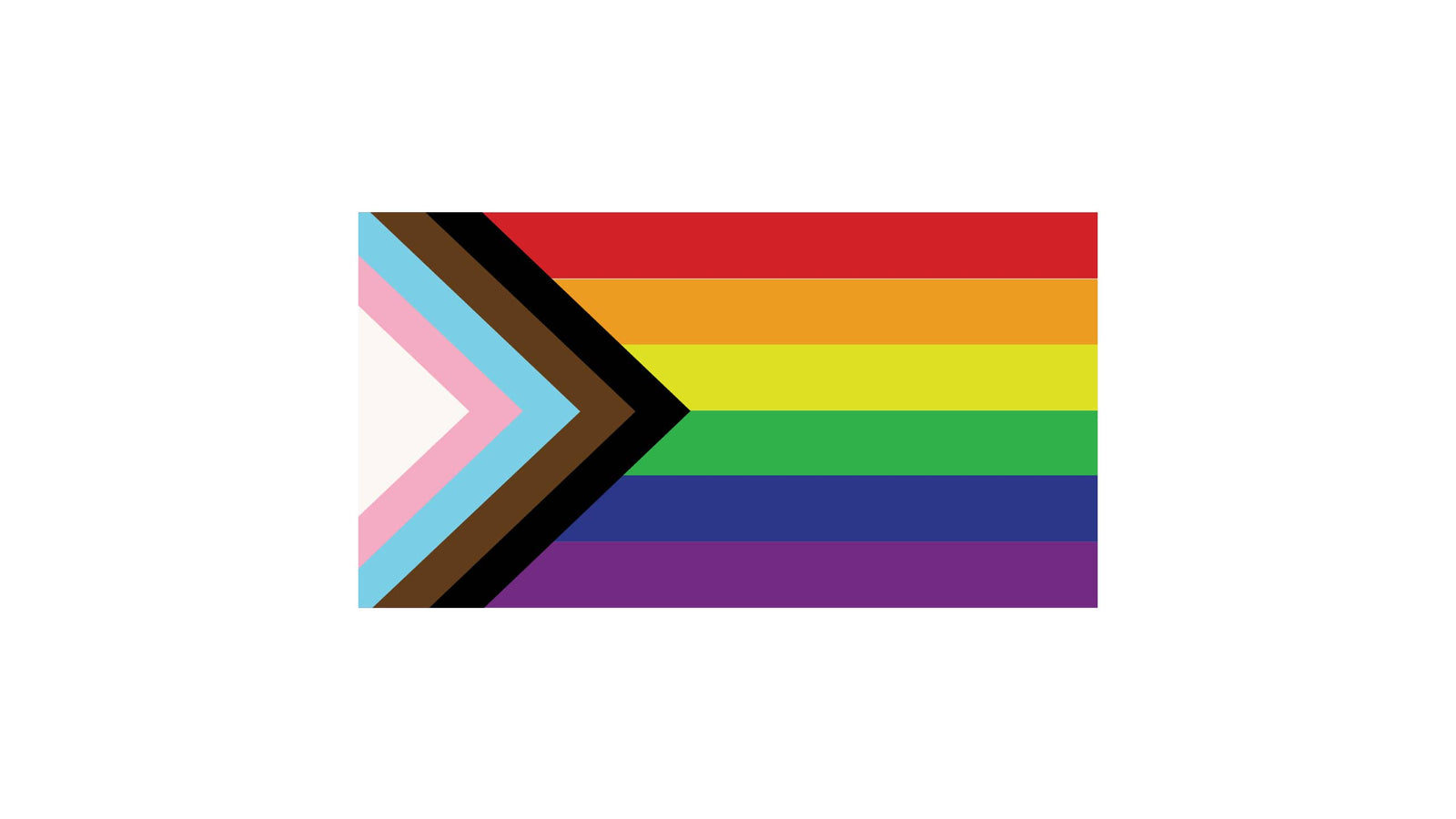

Progressive Pride
Progressive Pride refers to two things:
1. An ongoing movement: It stands for the continuous push for LGBTQ+ inclusivity and justice. This involves addressing intersectionality within the community, recognizing the unique challenges faced by marginalized groups like LGBTQ+ people of color and trans/non-binary folks.
2. The Progress Pride Flag: Designed in 2018, this flag builds on the original rainbow flag by adding five chevrons: black and brown for marginalized LGBTQ+ communities of color, pink, light blue and white for the transgender pride flag, and a pointed arrow shape symbolizing ongoing progress.
Progressive Pride advocates for:
- Amplifying marginalized voices: Recognizing that the traditional pride movement sometimes overlooks the specific struggles of certain groups.
- Intersectionality: Understanding how different forms of oppression, like racism and sexism, impact LGBTQ+ individuals differently.
- Continuous fight for equality: Pushing for broader societal acceptance and legal protections for all LGBTQ+ people, regardless of background or identity.
Progressive Pride seeks to make the movement more welcoming and representative of the entire LGBTQ+ spectrum.




































